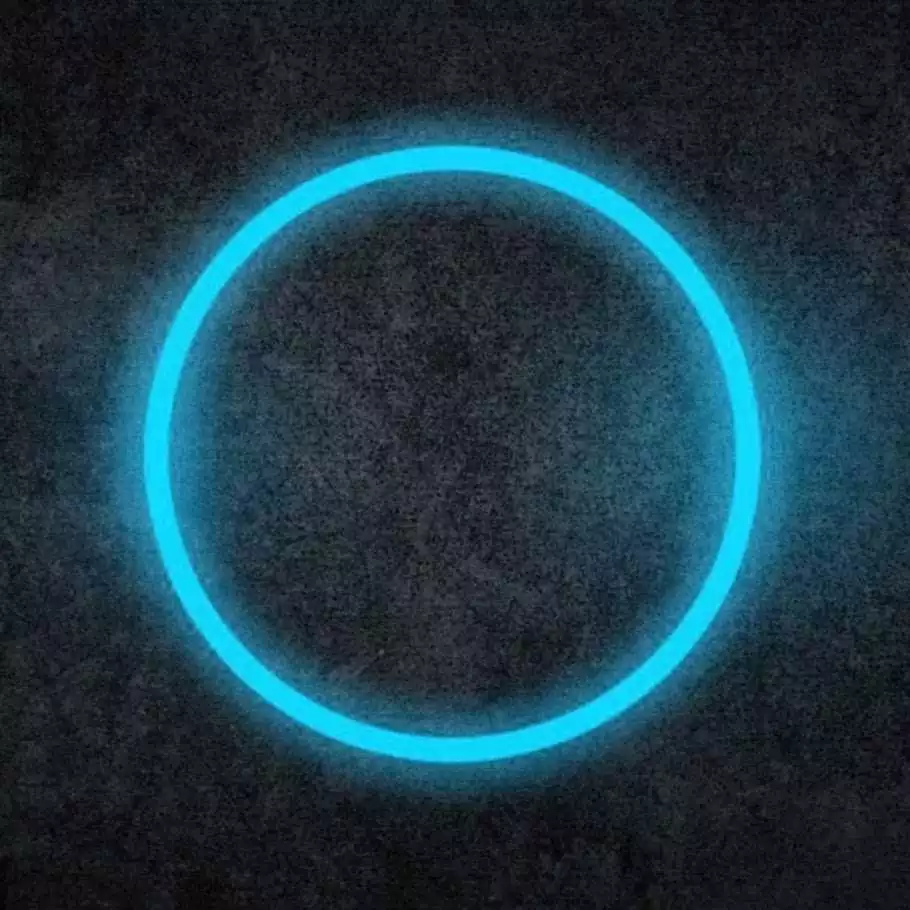Take a look at this page, it’ll give you not only your answer but explain how to solve it
https://mathematicsart.com/solved-exercises/solution-find-the-distance-bc-quarter-circle/
Thanks a lot
Note that the problem states that the outer shape is a quarter circle, information not provided in OP’s question.
Knowing it is a quarter circle is important because it allows us to validate that the bottom-right angle is 90 degrees.
but does it have to be a given, or can we actually prove that it has to be
Wow, that’s cool
Ooh clever
The explanation don’t explain why AE must be a diameter of the circle. What makes that obvious?
if we assume the bottom right corner is a right angle and is the center of the arc, then it is solvable in the manners that others here have already described. if either of those is not the case, and the image itself doesn’t state, then there is insufficient information to solve it.
deleted by creator
24 and 7 make a pythagorean triple with 25 as the hypotenuse. If the problem uses one pythagorean triple, it probably uses another, so I assume x is 15, and the radius is 20.
Not the most complete answer, but definitely the fastest one^^
Jesus.
Jesus is always the answer
No, sorry, I’m dumb.
Hello dumb! I’m dad
Well the drawing is wrong. I measured it with a ruler and it should be 9
Spent too long trying to figure out if this was loss or not.
Well? Is it?
I assume you need to calculate the red triangle’s hypotenuse but it seems like there are too many degrees of freedom to lock down any of the other sides or angles of the triangle including X unless I’m missing some hack involving chords and reflected angles.
I’ma go with 8 because it’s slightly longer than 7

making the BOLD ASSUMPTION that the angle of the arch is 90deg (the bottom right corner of your diagram), then the dashed lines will lead you to the value of the bold line.
If the original assumption is correct, then the answer is 15.
Shouldn’t the person who to lazy to measure x solve this?
The two red lines are at a right angle, you can connect them and solve for the hypotenuse using the normal a^2 + b^2.
At this point you now have a second triangle that contains the X you want. Also, since the outer shape is a quarter-circle (assumed) you know that the corner in the bottom right is 90 degrees which makes the two side equal in length.
Since it’s an equilateral triangle, and you know the hypotenuse, you can back it out with c^2 = 2a^2 and solve it that way.







